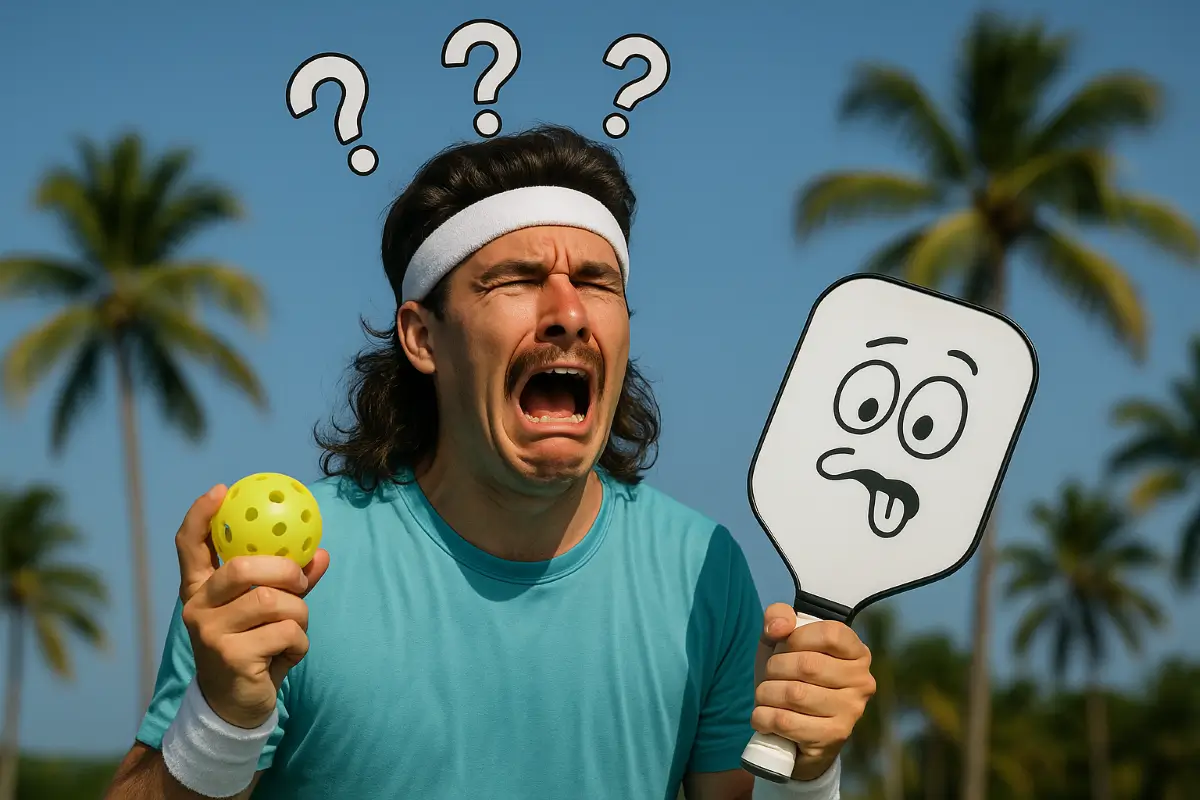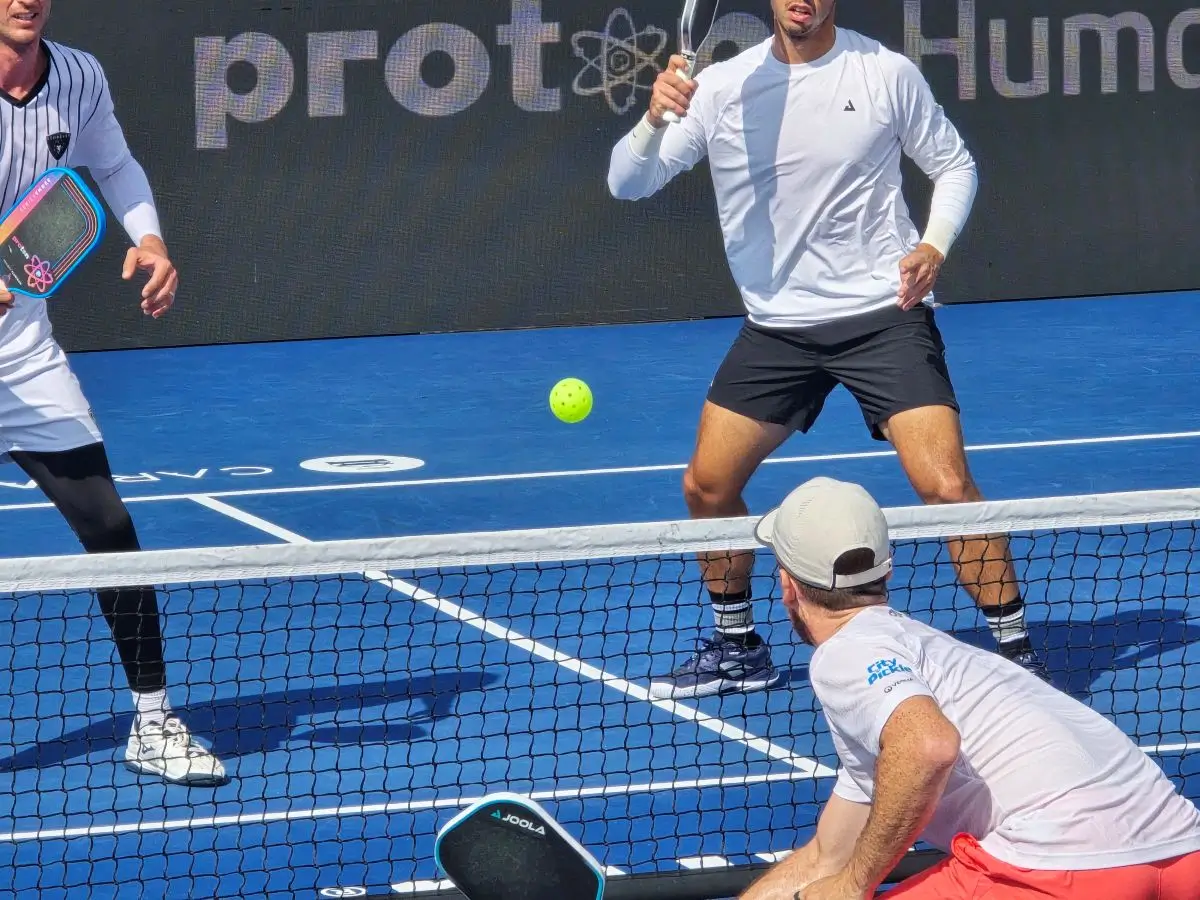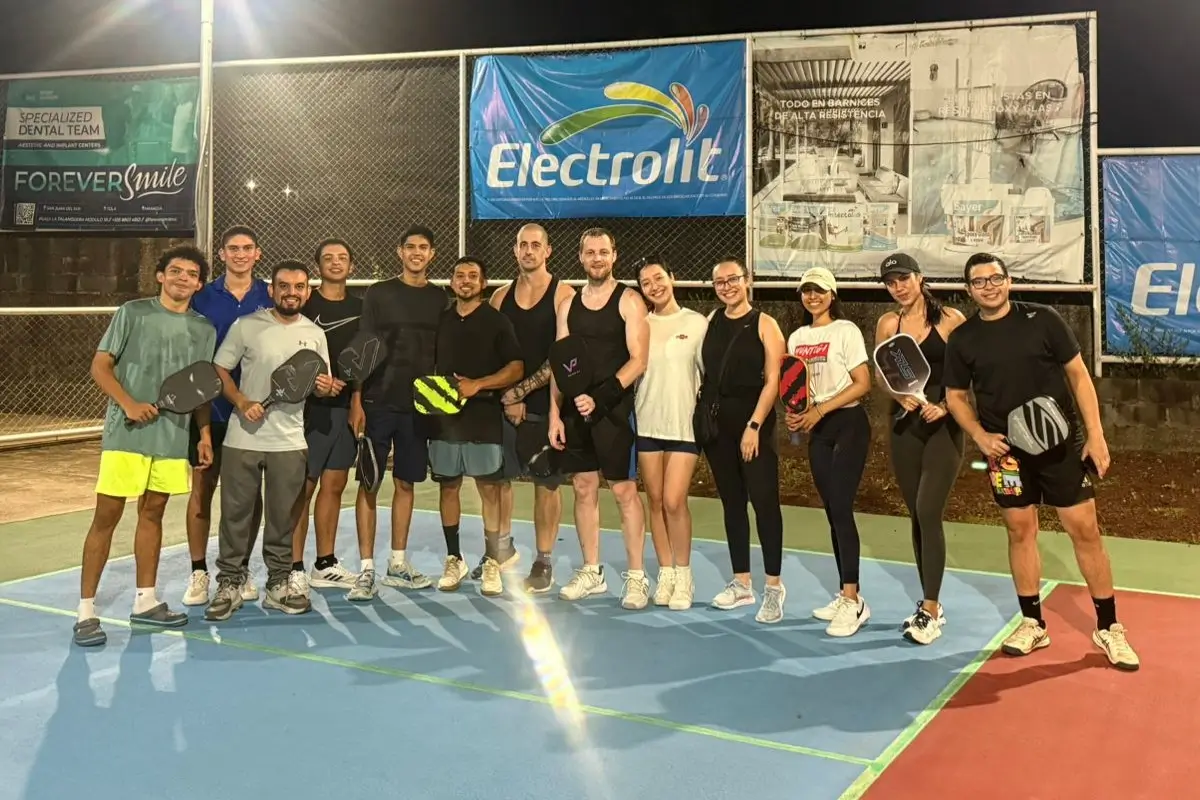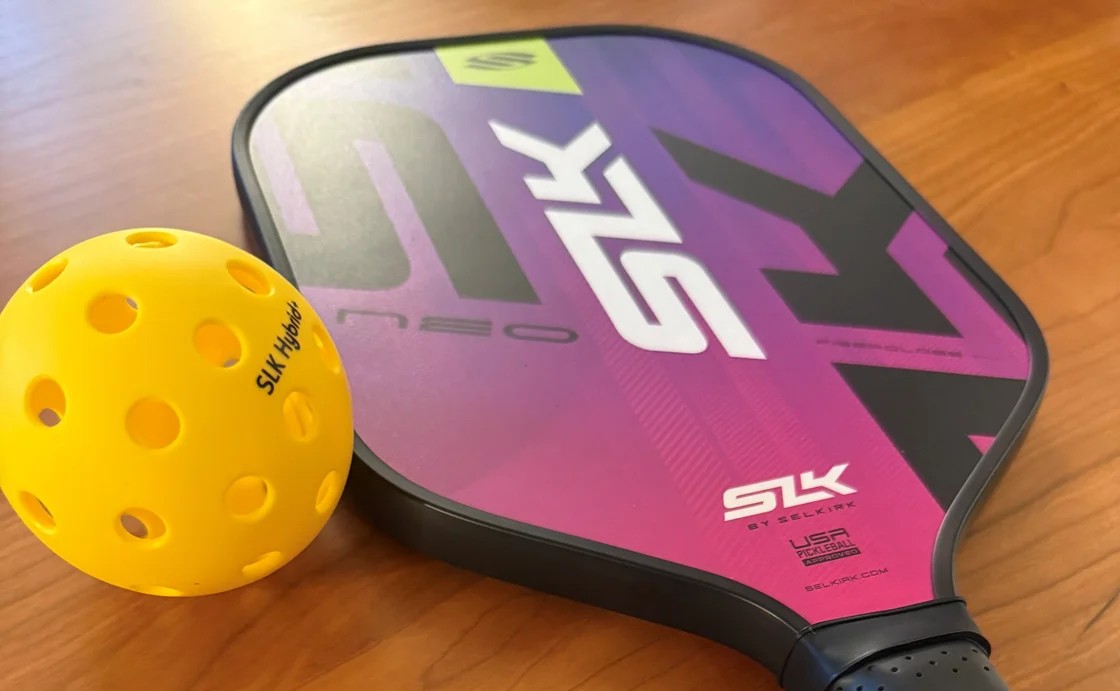Beginner Pickleball Mistakes: 3 Rules I Messed Up and What They Really Mean
New to pickleball and confused by the rules? I break down three of the trickiest ones for beginners — the kitchen rule, the double bounce rule, and who makes line calls. These quick tips come from real mistakes I made when I first started, so if you're just learning the game, this post will help you play smarter and with more confidence.

When I started playing pickleball a year and a half ago, these were some of the rules that confused me the most. I remember going to open play and hearing people shout things like "kitchen fault!" or "double bounce!" and not having a clue what they were talking about 🤷♀️. It was a little overwhelming at first, but over time I started figuring it out. If you're new to the game, or even if you've been playing for a while and still get tripped up, this is for you. Let's break these rules down in a way that actually makes sense.
1. The Kitchen Rule (a.k.a. the Non-Volley Zone)
Okay, so this one really tripped me up at first. I thought you just weren’t allowed to stand in the kitchen at all. I imagined it was this off-limits zone where if your toe touched the line, you were instantly breaking the rules. But it turns out, it’s a little more specific than that. You can be in the kitchen, you just can't volley the ball (which means hitting it in the air) while you're standing in it. Even if your feet touch the kitchen after a volley, like if you hit the ball and your momentum carries you in, that’s still a fault.
Basically, if the ball hasn’t bounced yet, keep your feet out of the kitchen. I learned this the hard way when I hit what I thought was a great shot and then stepped forward without realizing my toe hit the line. Oops. Point gone. I always tell beginners, "it’s not the kitchen that’s the problem, it’s the volley in the kitchen that will get you."
2. The Double Bounce Rule
The name "double bounce" can throw people off, but it’s actually pretty simple once you understand it. The rule just means that after the serve, the ball has to bounce once on each side before anyone can start volleying. So first, the returner has to let the serve bounce. Then, the serving team has to let the return shot bounce.
Only after both bounces happen can players start hitting the ball out of the air. This part is important because it gives both sides a fair chance to get into the point. Without it, the serving team could rush the net and smash the return before anyone is ready. If someone tries to volley right after the return, it’s a fault, even if the shot looked amazing.
Once I understood it was really just about giving each side one bounce to get into position, it made a lot more sense. Now I always remind people about this rule when we play, especially if they’re new or just learning the ropes.
3. Line Calls
This rule was awkward and kind of stressful at first because I wasn’t sure who was supposed to call the ball in or out. I thought maybe both teams had to agree, or maybe there would be someone watching like I've seen in other sports. But the actual rule is super simple: the team on the side where the ball lands is responsible for making the call 👀.
So if the ball lands on your side of the court, it’s up to you or your partner to say whether it was in or out. And here is the part that really surprised me. If you’re not 100% sure, you’re supposed to give the benefit of the doubt to your opponent and call it in. That was hard at first. I’ve had moments where I thought the ball was out but didn’t see it clearly, and I had to say it was in. It felt weird, but also kind of good to know I was playing fair.
Now I try to be super fair with calls, even when it’s tough. I’ve learned that playing honestly makes the game more fun for everyone, and it helps me stay focused on actually getting better, not just trying to win every single point. And here is something else: sometimes, you'll play with people who are really annoying or super intense about every call 🙄. In those cases, it’s usually not worth arguing. Just give them the point and move on. Be the bigger person and play your game. The more fun you have, the better you’ll get, and the more people will want to play with you too.
That's it for now! I was also going to explain how pickleball scoring works because that really confused me when I first started playing too. But I think it deserves its own post, so I’ll save that for another blog. Thanks for reading! 🤗








